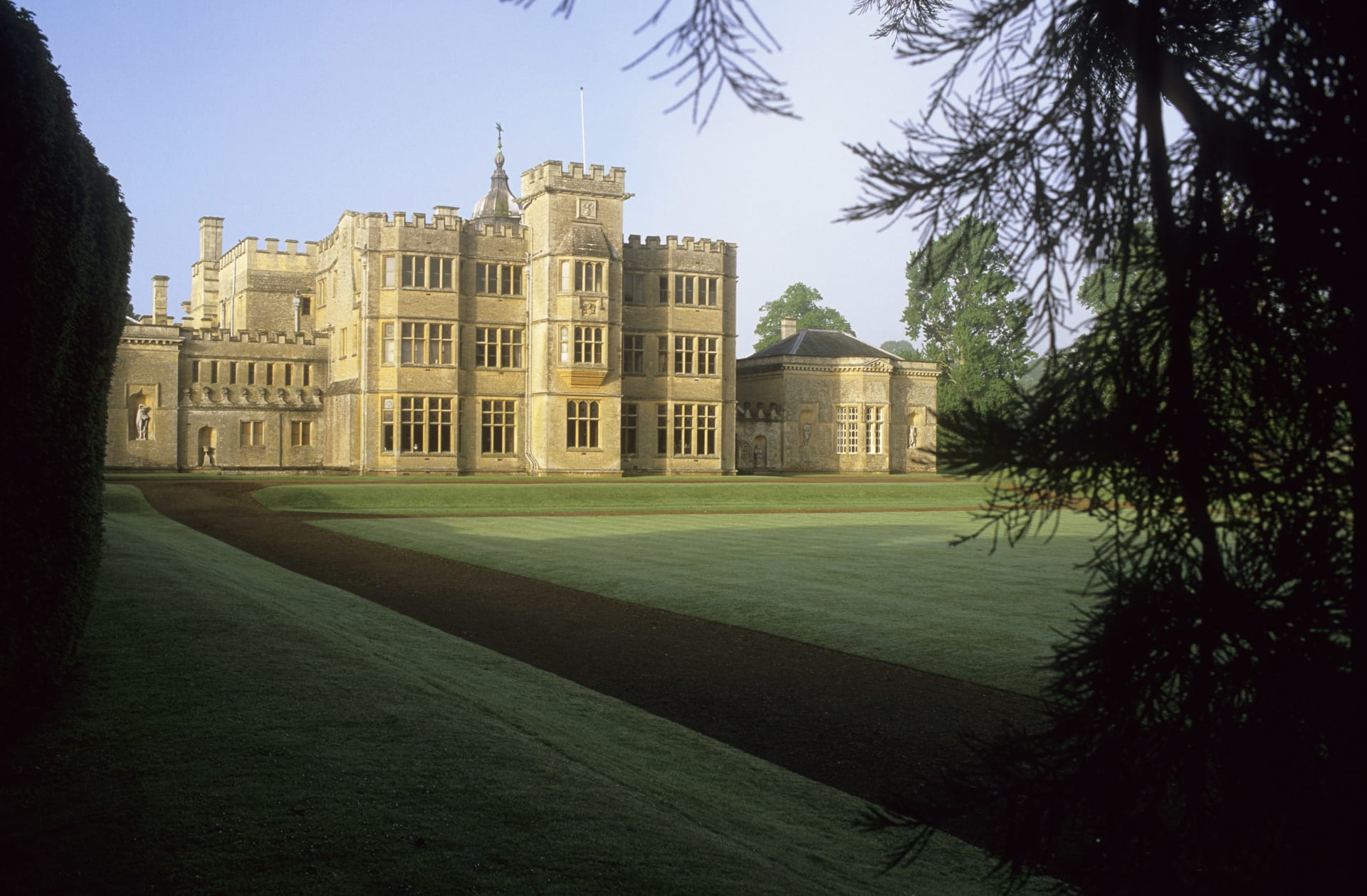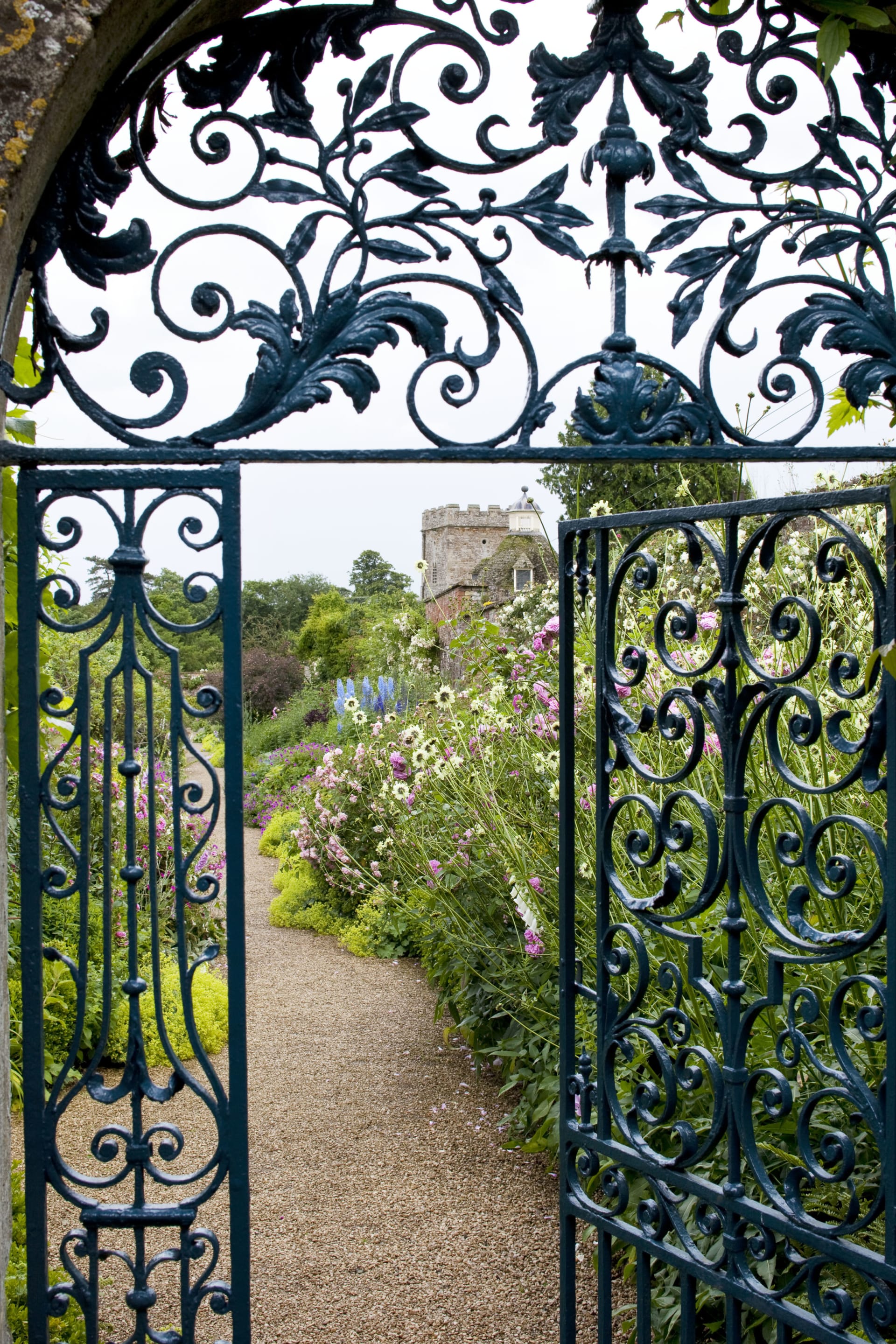As you travel down the driveway on your approach to Rousham House and Garden, you catch a glimpse of the imposing property, home to the Cottrell-Dormer family since it was built in 1635 by Sir Robert Dormer. However, when you enter the courtyard leading to the carpark, in what was the stable area designed and built by William Kent, you realise that this is not a vast stately home and garden where you do not feel you can spend time soaking up the atmosphere; rather you enter what continues to be a family home and garden where you have the opportunity to spend time, sitting or walking, whilst enjoying all that this historic English landscape garden offers its visitors.
The artist and architect William Kent (1685-1748) remodelled both the house and garden; he added the wings and the stable block whilst altering the interior of the house, which retains some 17th-century panelling together with the original staircases, furniture, pictures and bronzes. As you walk through the grounds – 22 acres of landscaped grounds and five of flower gardens – you will be entranced by the magnificent structures Kent added. His engineering enabled him to build intricate cascades and ponds, such as Venus’s Vale and the Cold Bath, fed by a narrow rill with water supplied from a nearby spring. You will encounter Palladian architecture such as the seven-arched Praeneste Terrace, Townsend’s Building, the Temple of the Mill and even a sham ruin known as the Eyecatcher on the skyline.
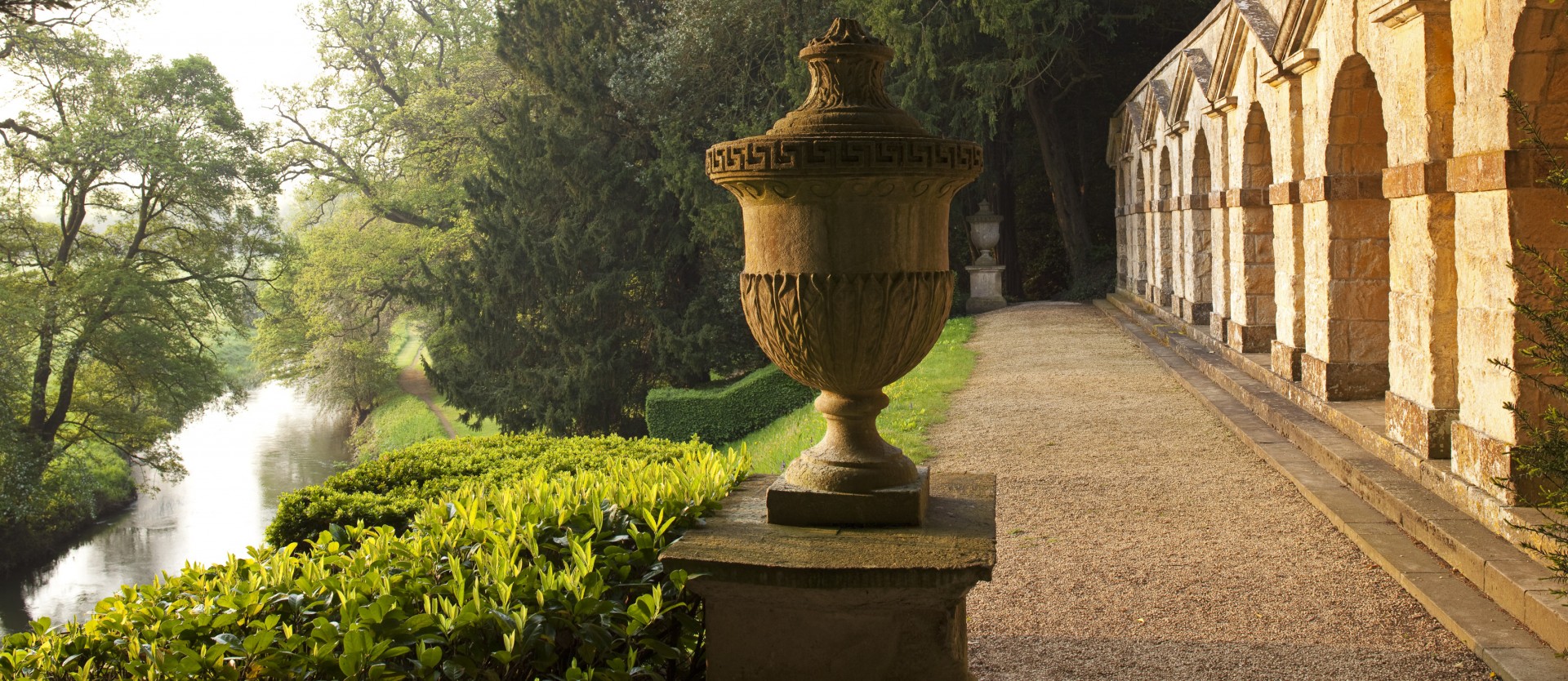
In spring, as you take a walk under the canopy of trees just breaking leaf, you are treated to a naturalistic collection of unusual Narcissus, Primula vulgaris shades of yellow, pink and mauve, and the odd snake’s head fritillary holding their pretty heads up high. The view from the terrace towards the river deserves time spent sitting taking in all that Rousham has to offer. Continue across the south front lawn back towards the house which, apart from the replacement of the octagonal glazing with plain glass, is almost as Kent left it. Wend your way through the wide yew hedge and head towards the magnificent walled garden, stopping for a moment to enjoy the delicious scent of the jasmine which grows on the old stone walls.
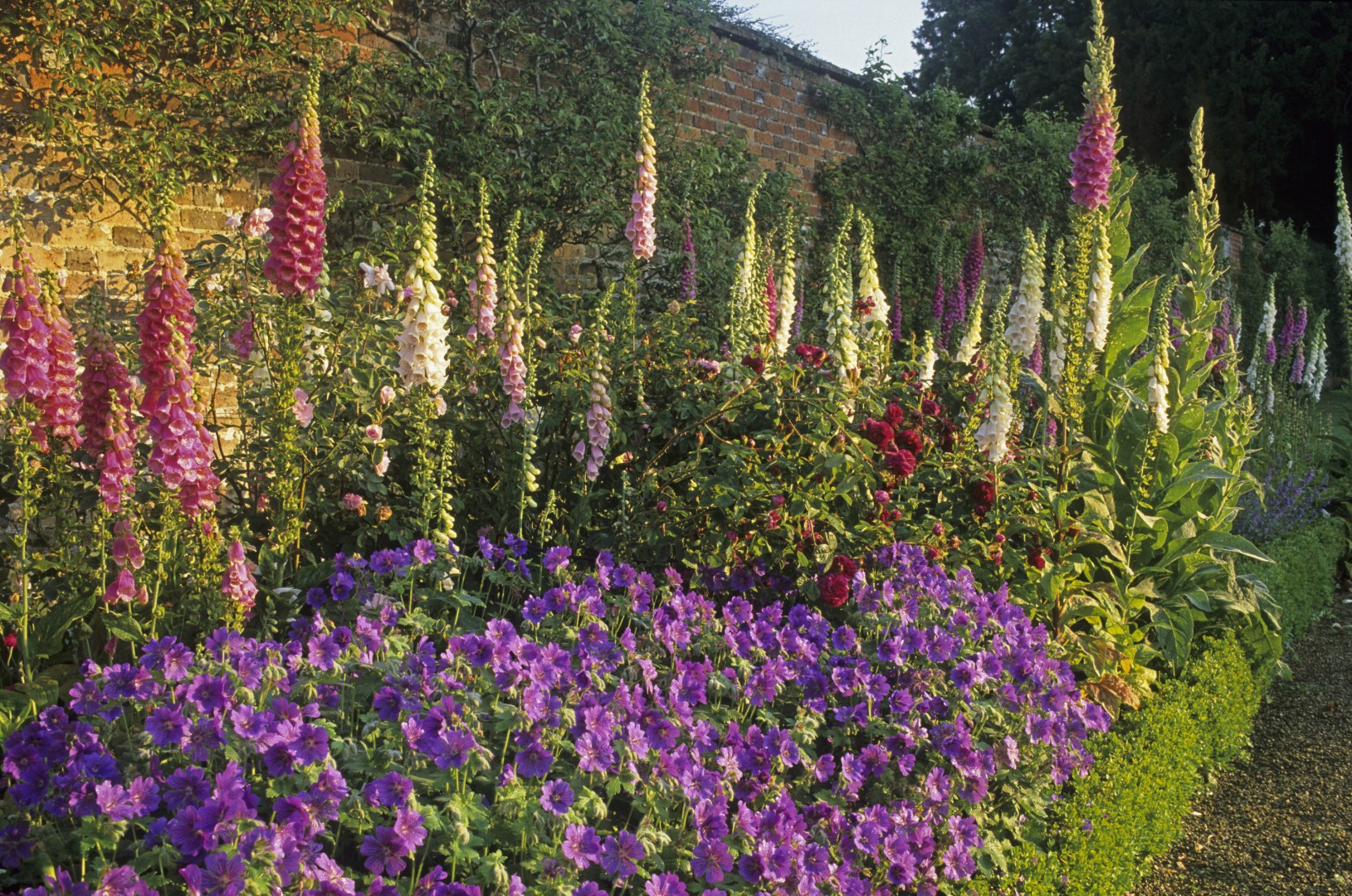
This sheltered walled garden, once the main kitchen garden, now combines a wonderful mix of espalier apple trees, most of which are over 100 years old and deep herbaceous borders filled with a wide range of robust perennials, in shades of pink, blue, mauve and white, first planted in 1946. The old walls are clothed with a range of climbing roses of varying pastel colours. As you walk through the wide rose arbour the air is filled with scent from an ancient wisteria hanging in long pale blue blooms during early May, the perfume of honeysuckles intertwining with a profusion of rambling and climbing roses. The lily pond at the far end of the arbour is home to a family of great crested newts living happily under the waterlilies. Spectacular roses such as Wedding Day, Seagull, Albéric Barbier, Iceberg and Veilchenblau all vie for attention on the structures around the pond.
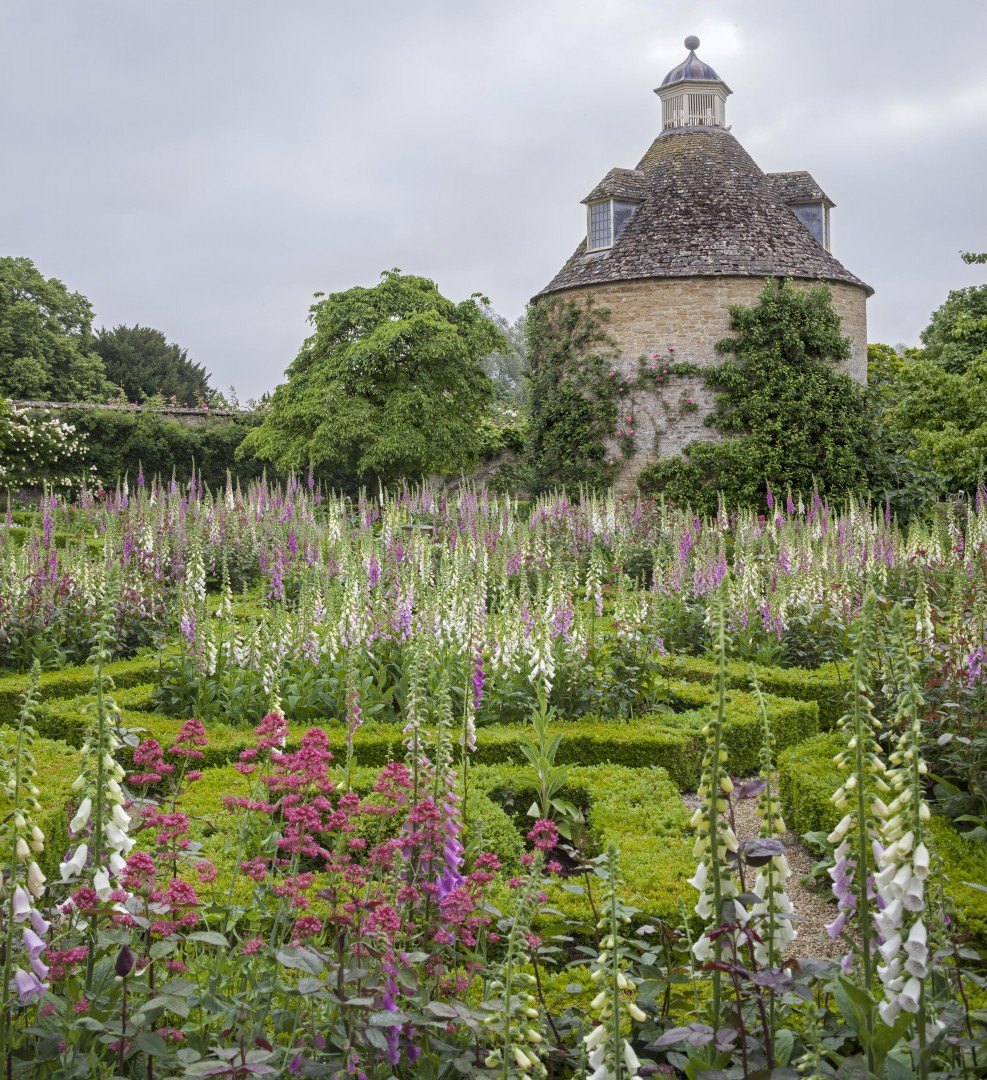 For keen vegetable growers, the vegetable garden is planted with a combination of flowers for picking and enjoying in the house as well as a range of soft fruit and vegetables for the family to enjoy. The walls are clothed with greengage and plum trees, all enjoying the warmth the garden has to offer. Beyond this is an old orchard where the beehives can be found amongst the old apple trees.
For keen vegetable growers, the vegetable garden is planted with a combination of flowers for picking and enjoying in the house as well as a range of soft fruit and vegetables for the family to enjoy. The walls are clothed with greengage and plum trees, all enjoying the warmth the garden has to offer. Beyond this is an old orchard where the beehives can be found amongst the old apple trees.
Take the stone steps up to the final section of garden, with the 17th-century Dovecot, and stop a moment to look at the unusual black false hellebores (Veratrum nigrum) with their dark purple flower blooms. As you enter the raised pigeon house garden you will see a well-established magnolia tree which in early spring is a profusion of blossom. There are four pear trees too. Later in the summer this section of the garden has a wide border of dahlias, particularly spectacular in September and October. There is also a box parterre interplanted with hybrid tea roses and self-sown foxgloves. A Morello cherry tree wraps itself around the old pigeon house and its spring blossoms contrast well against the flowering Cornus nuttallii.
You will leave the garden and head towards the greenhouse, where a range of annual flowering plants are sown in early spring. If you visit during summer, you will see a collection of tomatoes and cucumbers growing.
These beautiful gardens and grounds are cared for by head gardener Ann Starling and her small team of gardeners: three full-timers and one part-timer, who all work very hard at ensuring this hidden gem in the Oxfordshire countryside is worth more than one visit each year.
Rousham House and Garden is found in the small village of Rousham off the A4260, just 13 miles from the centre of Oxford. To find out more about the house and gardens – also a wedding venue and film location – visit rousham.org
Photography: Andrew Lawson

